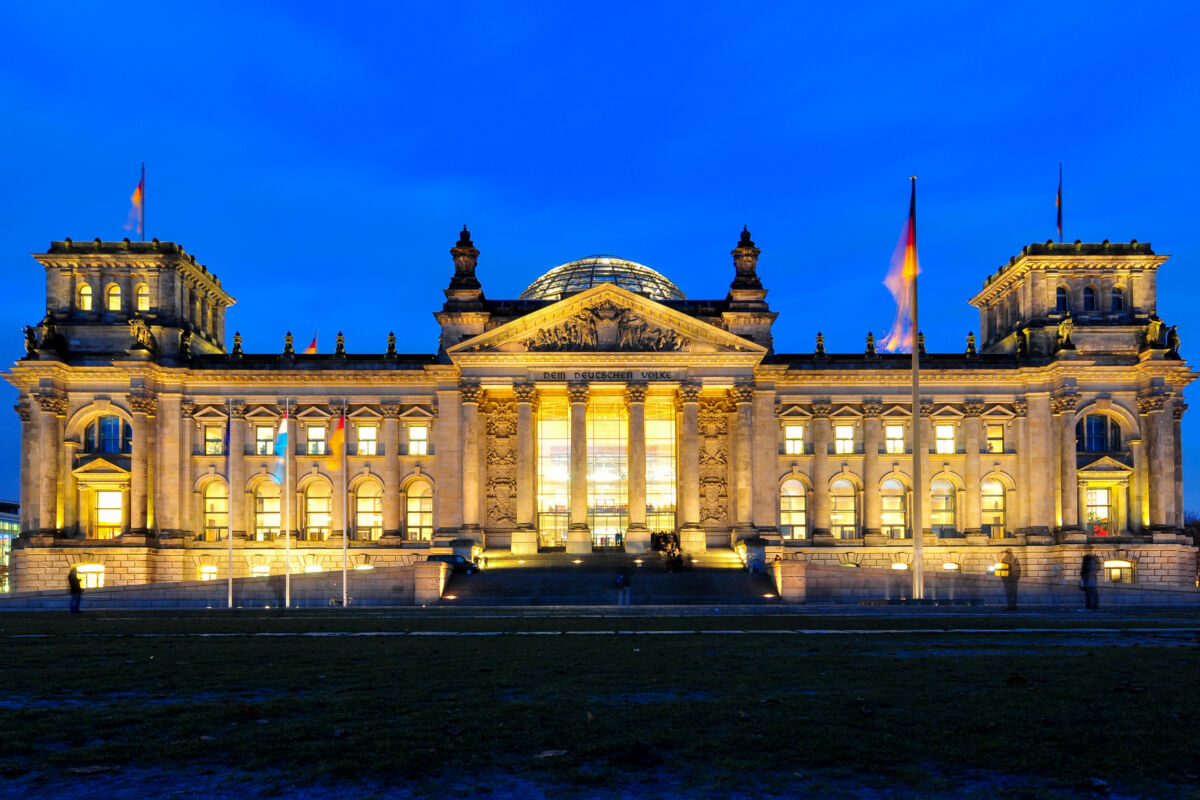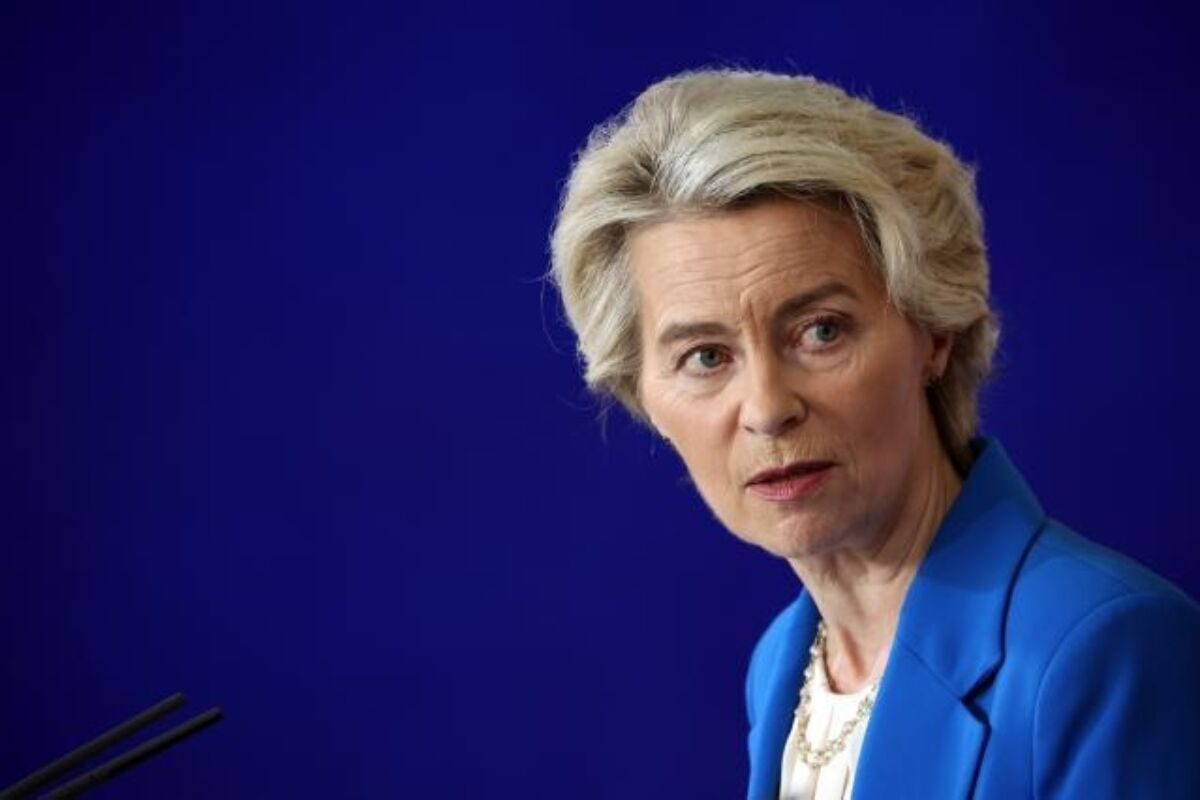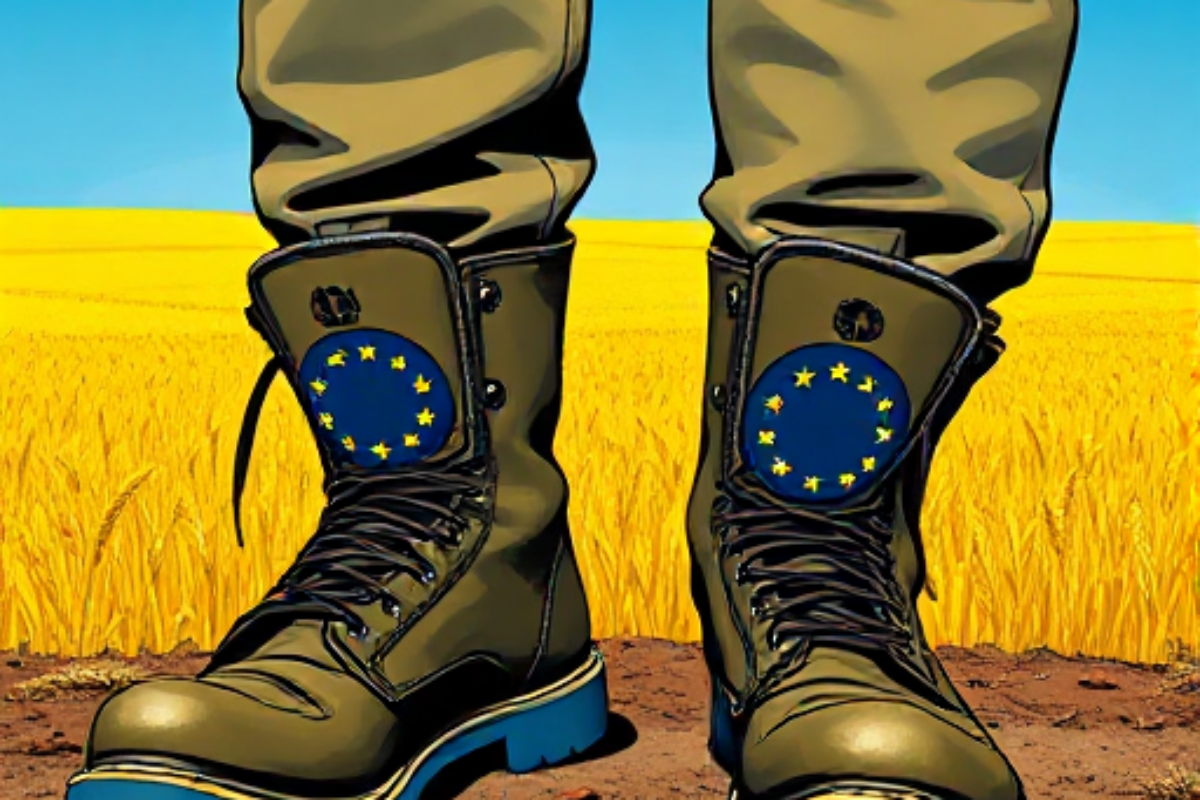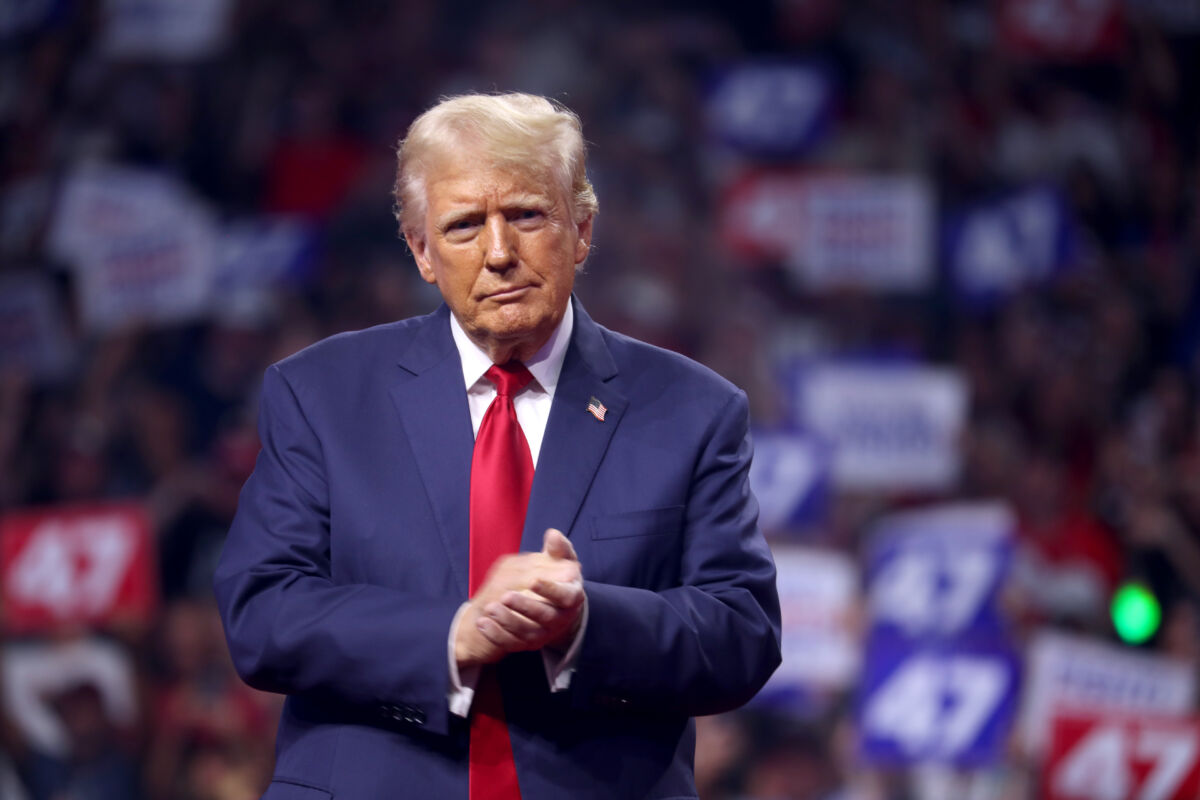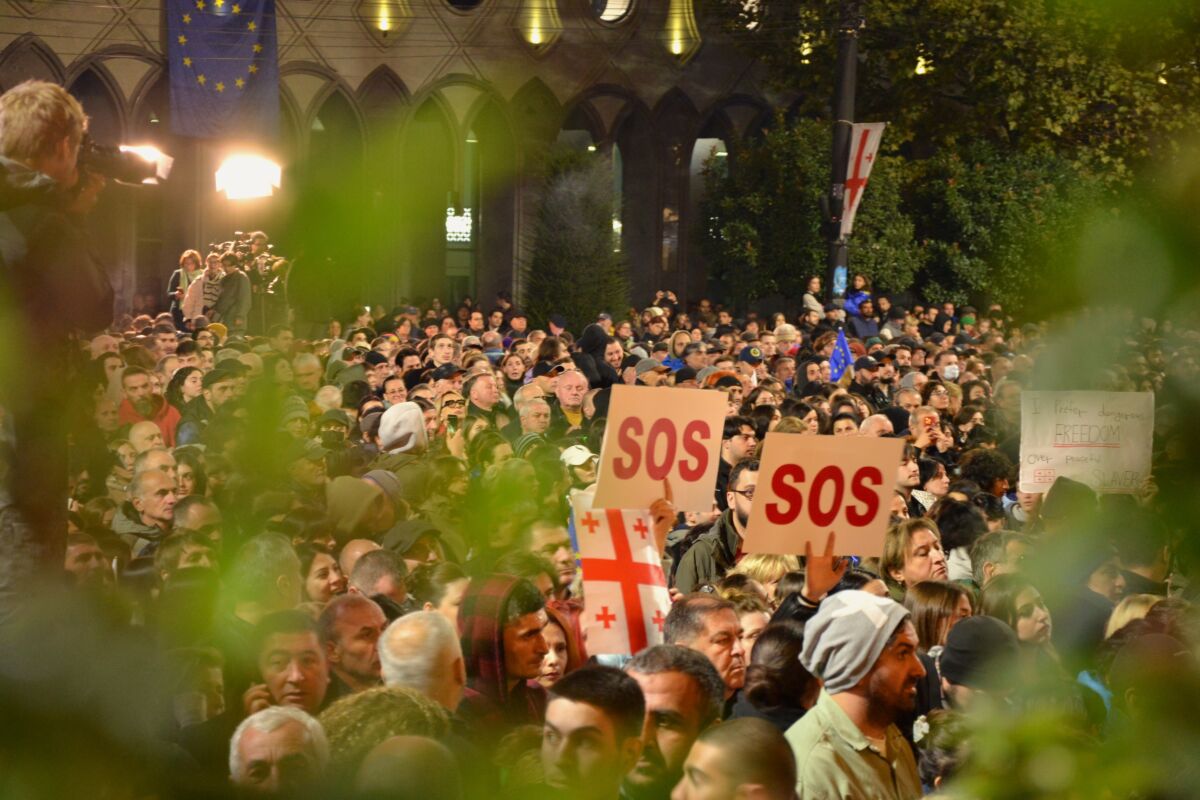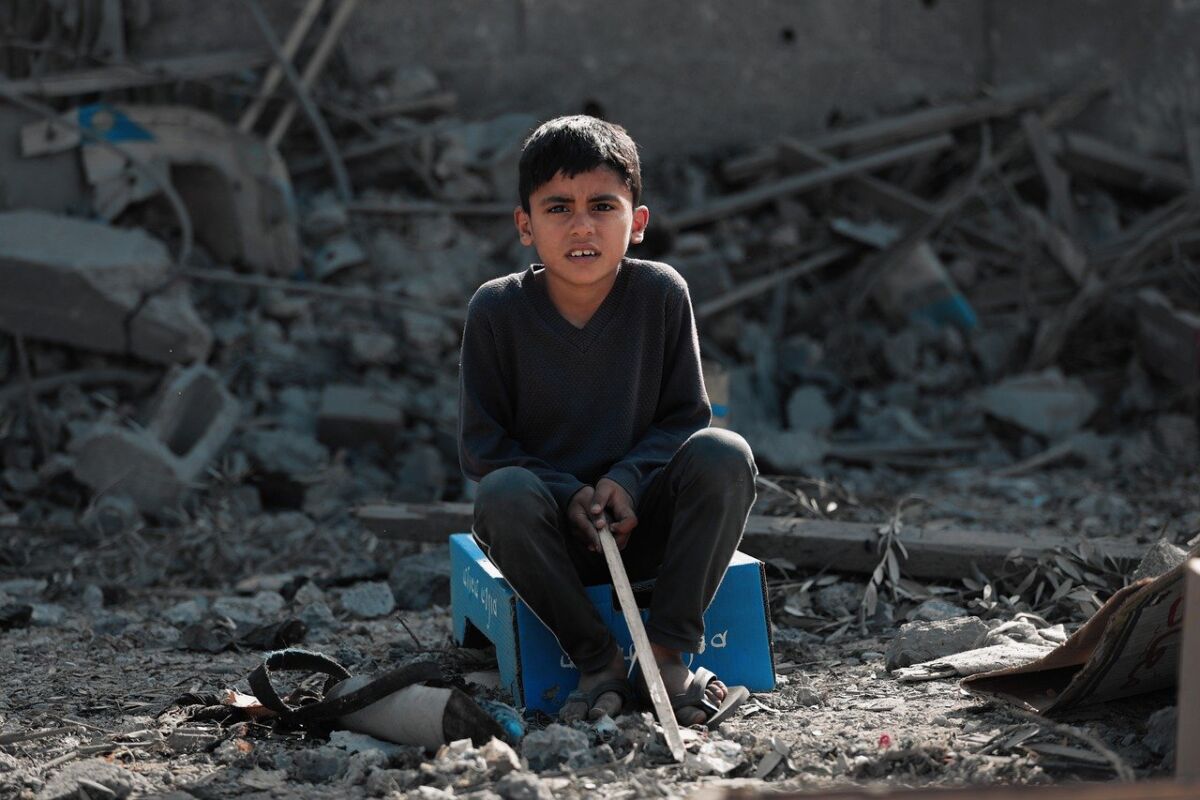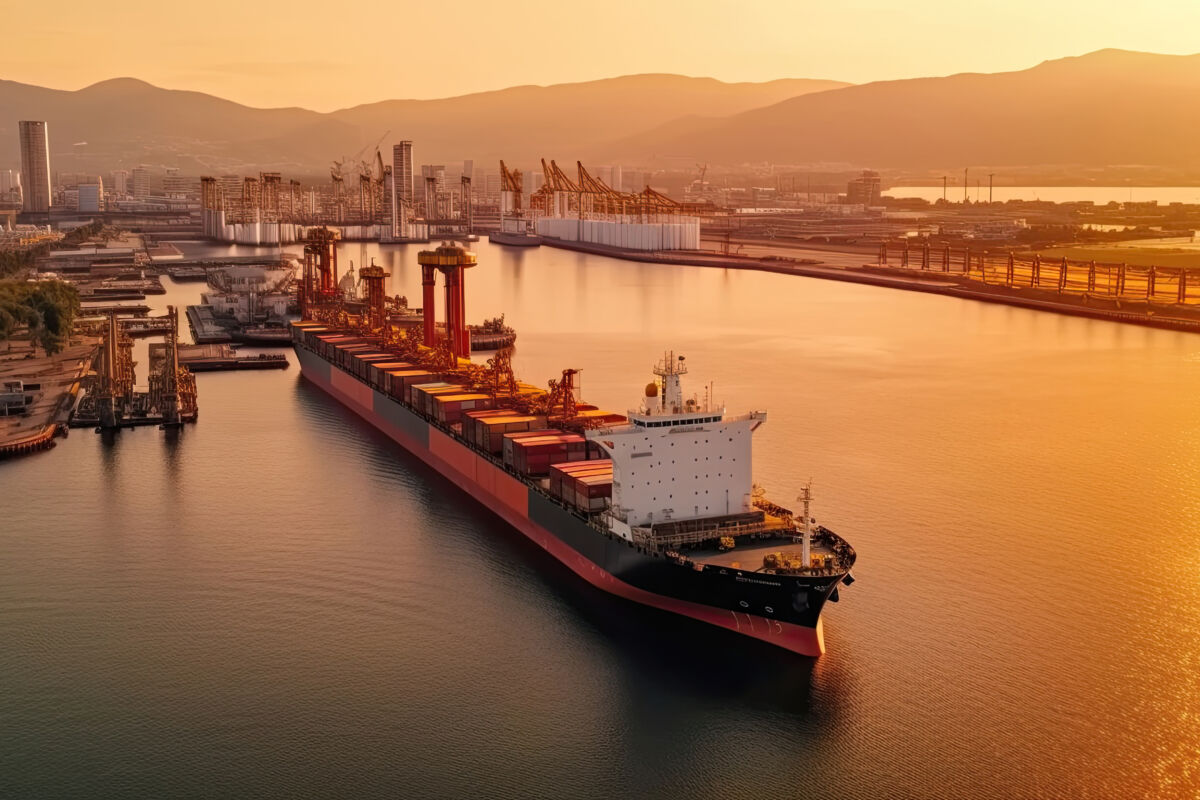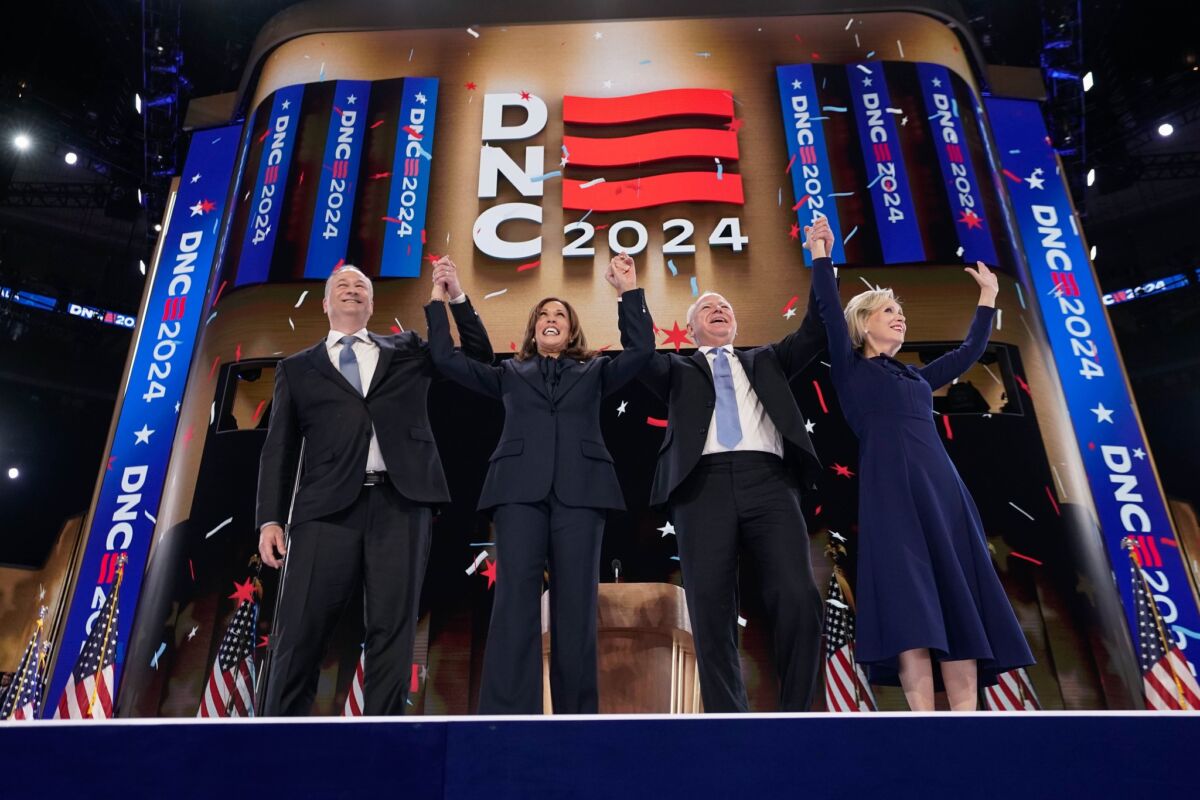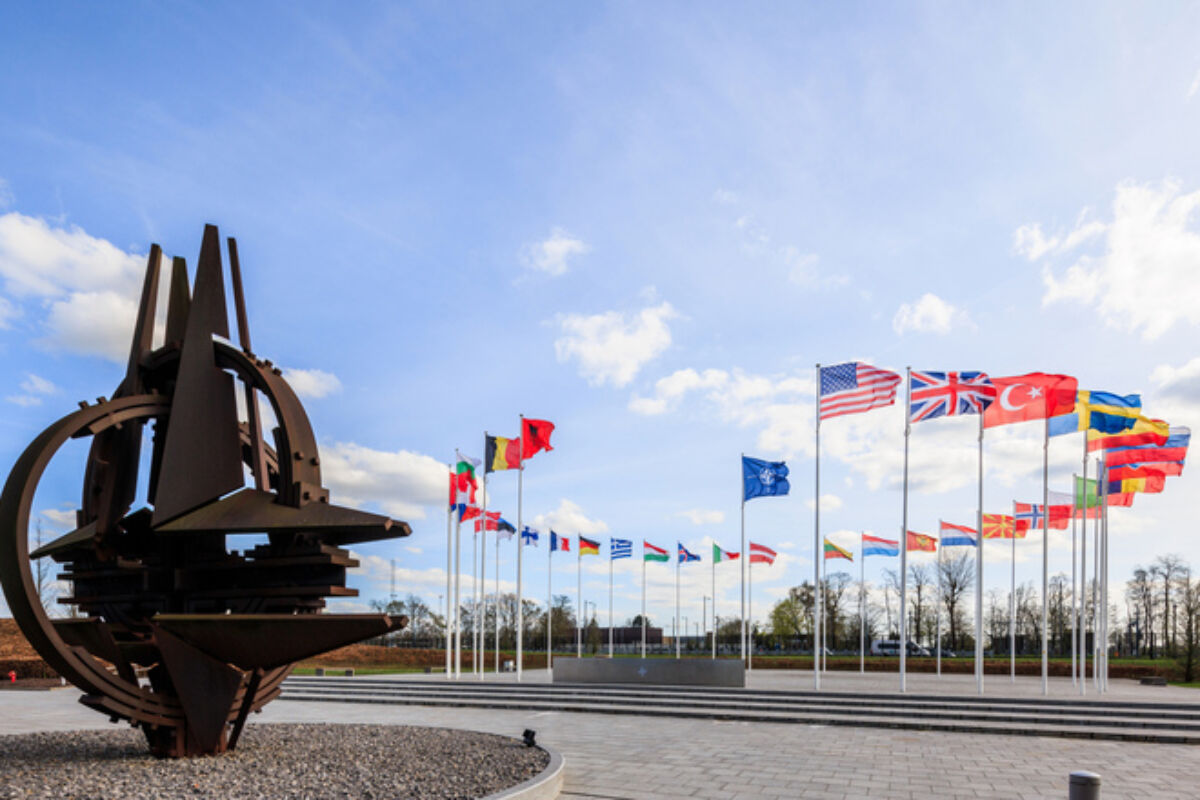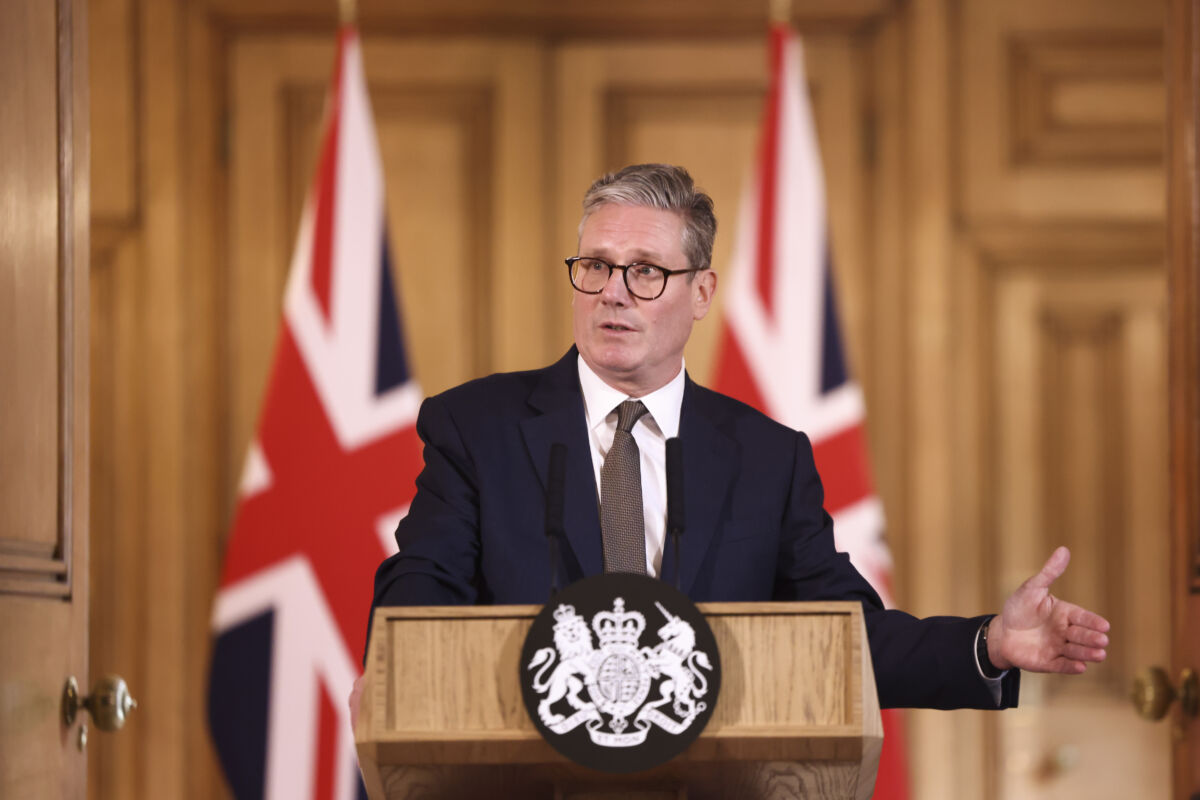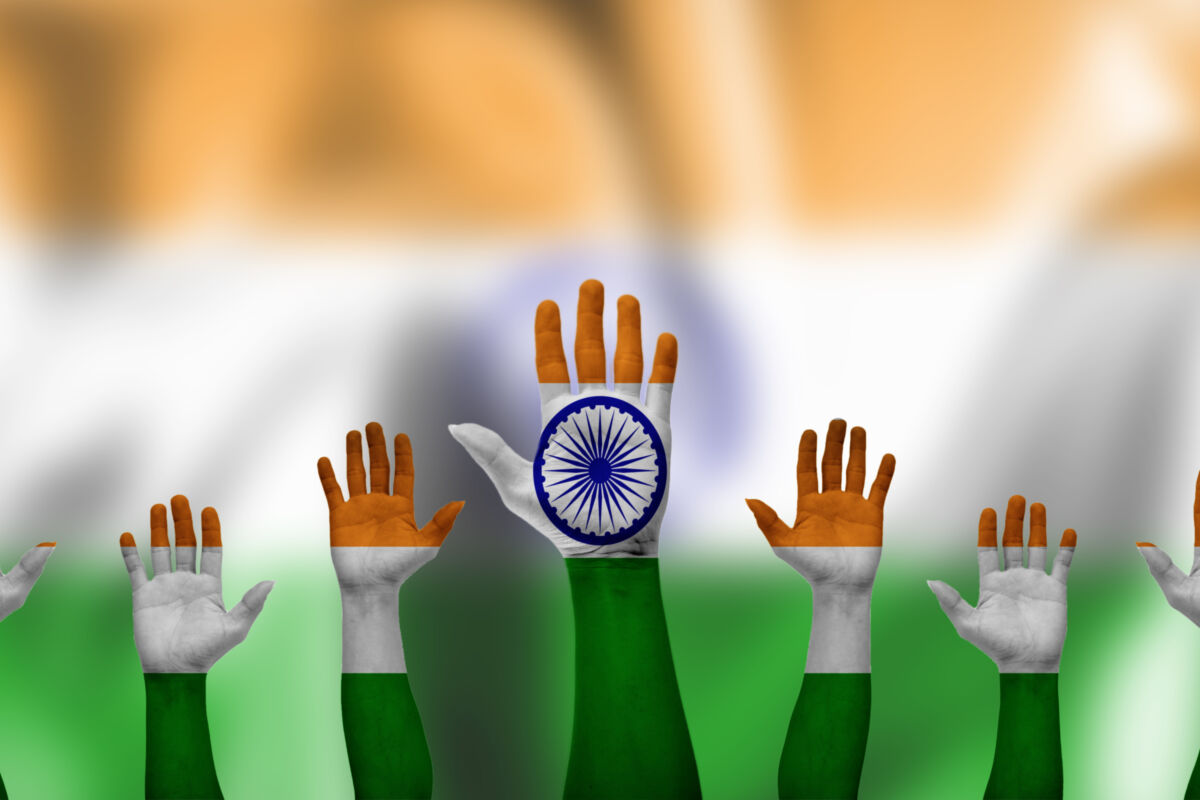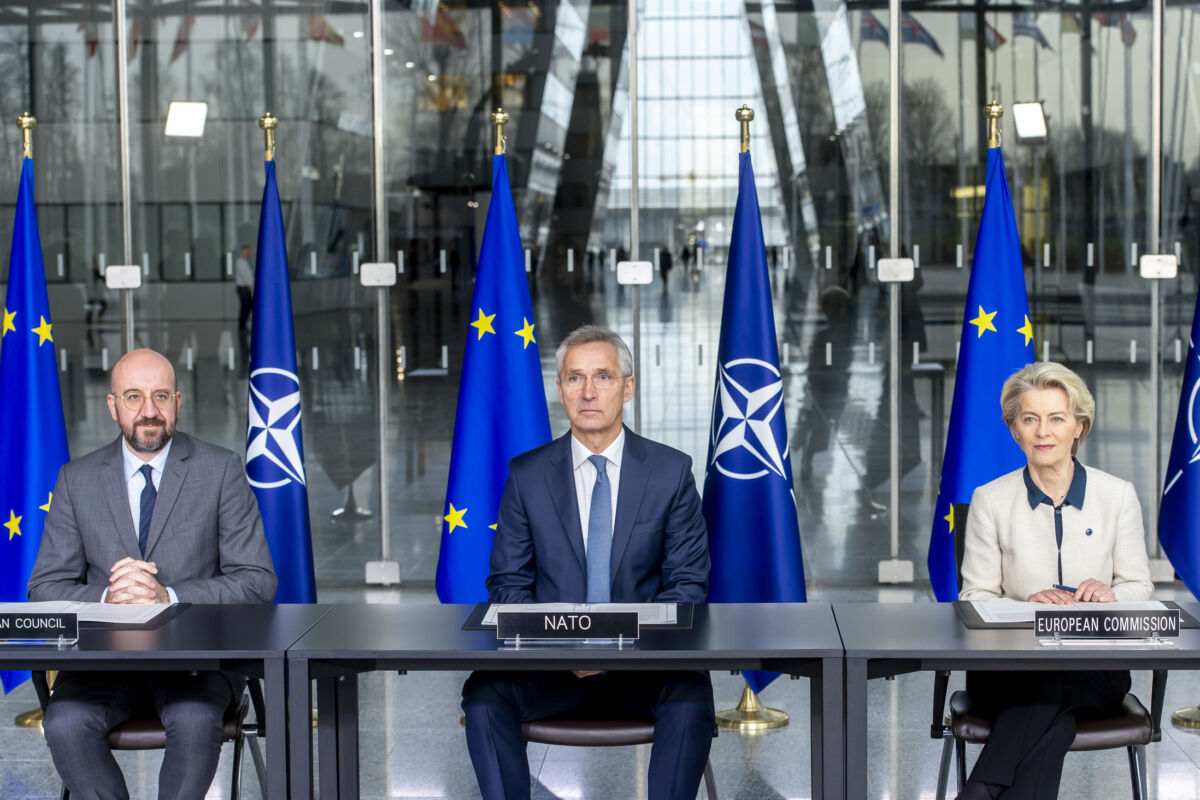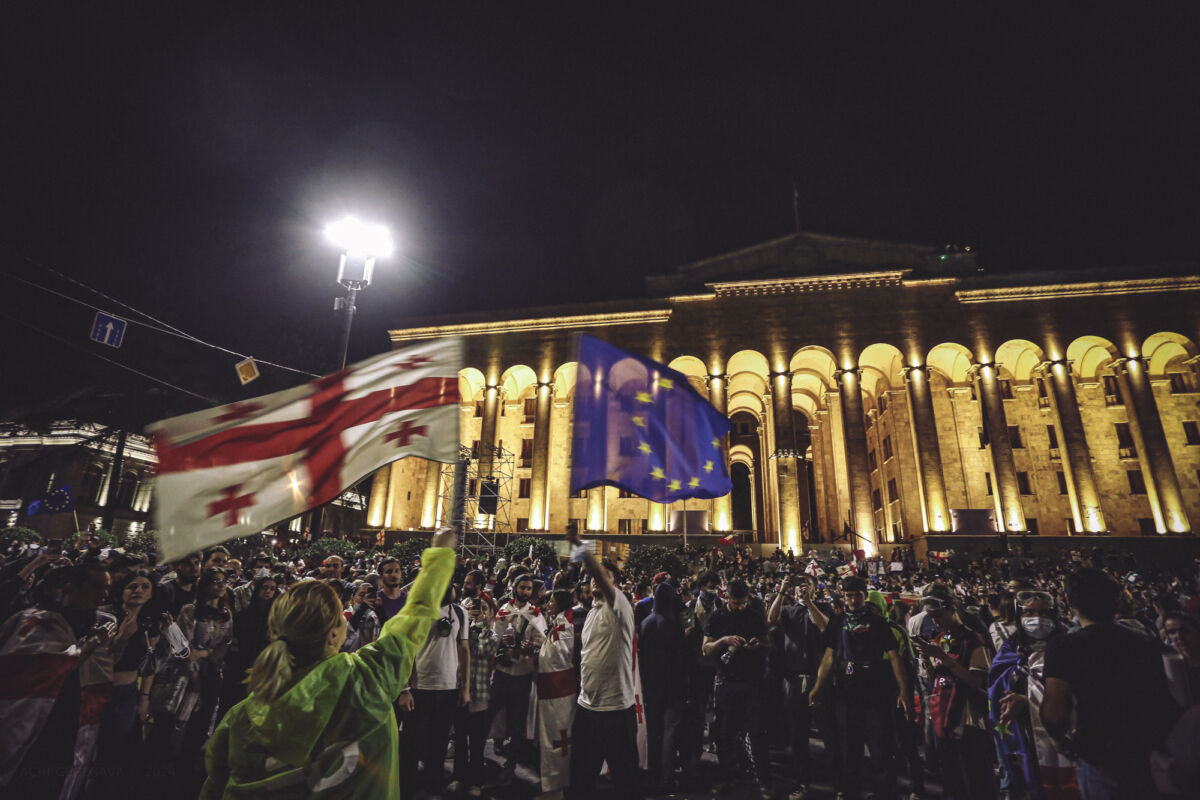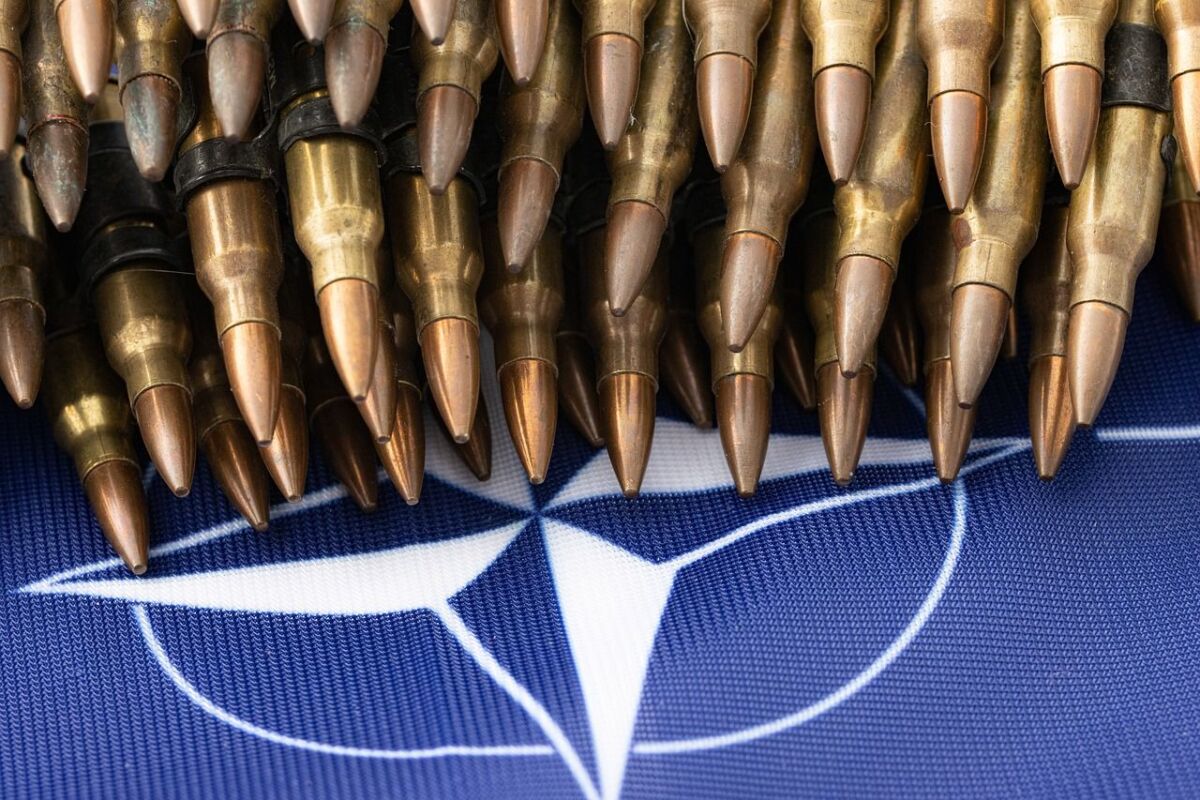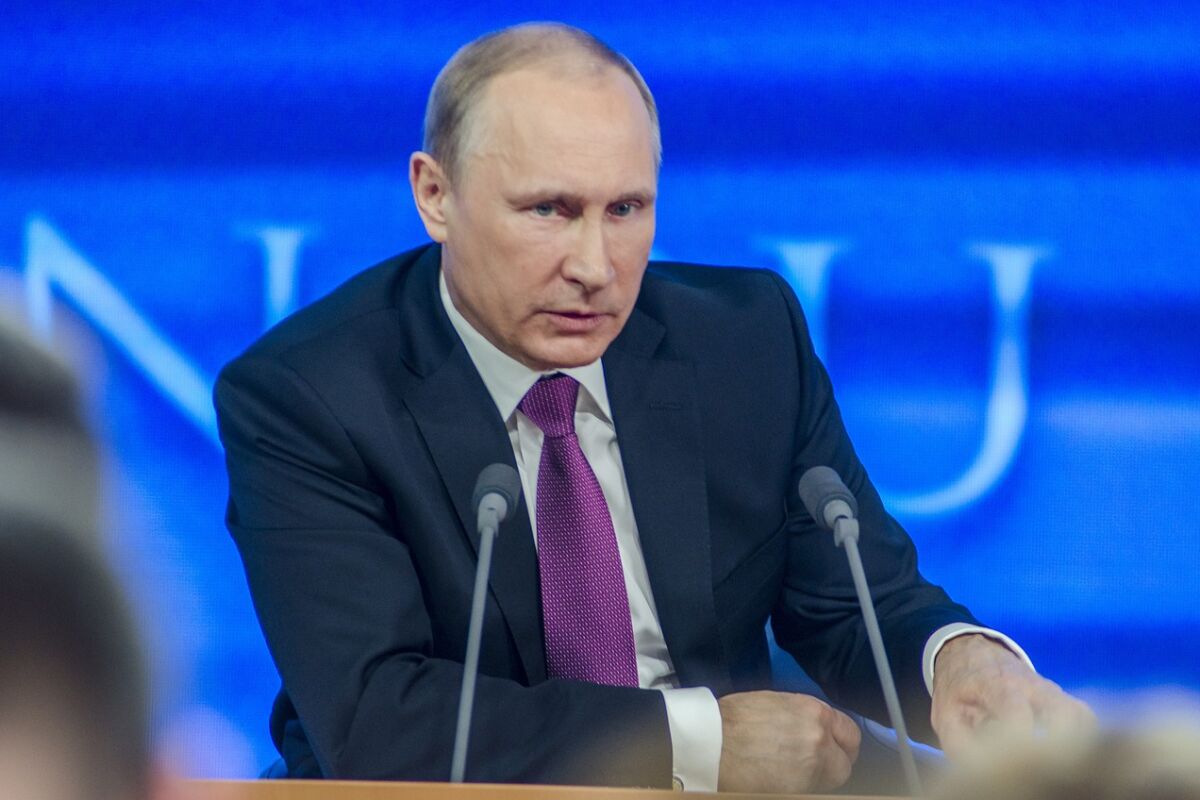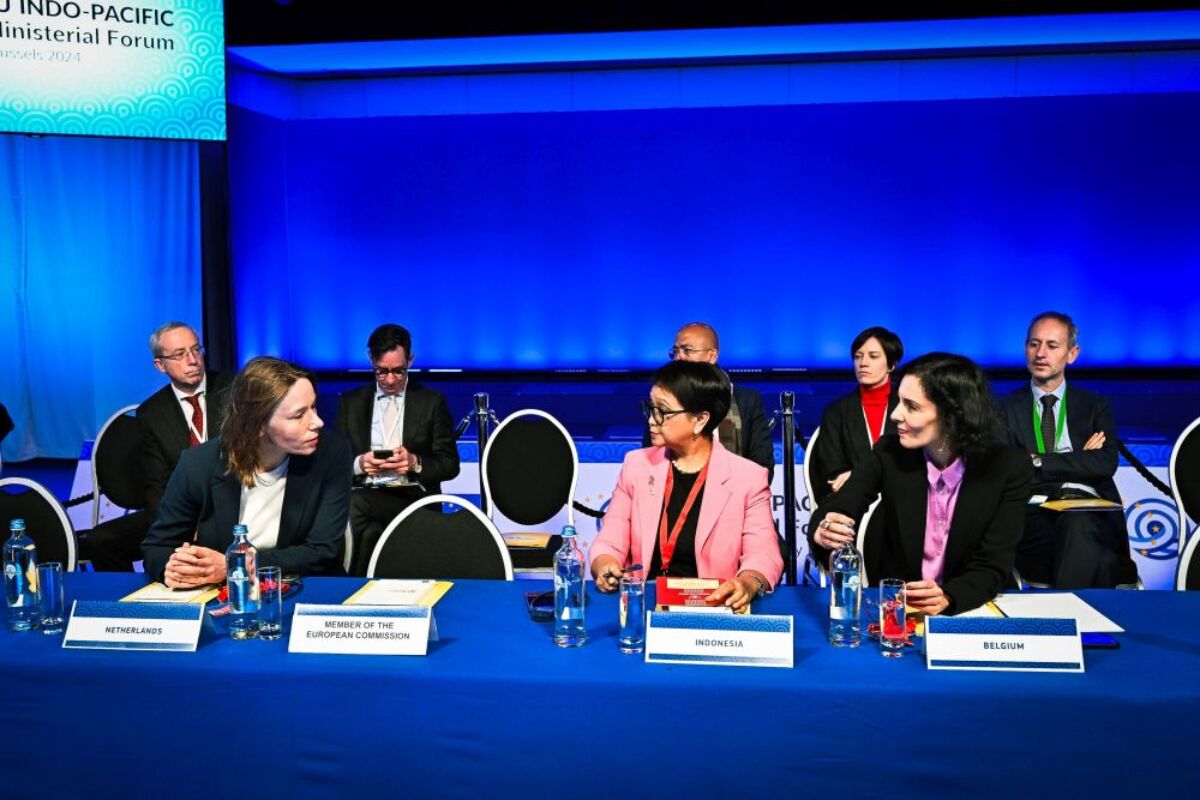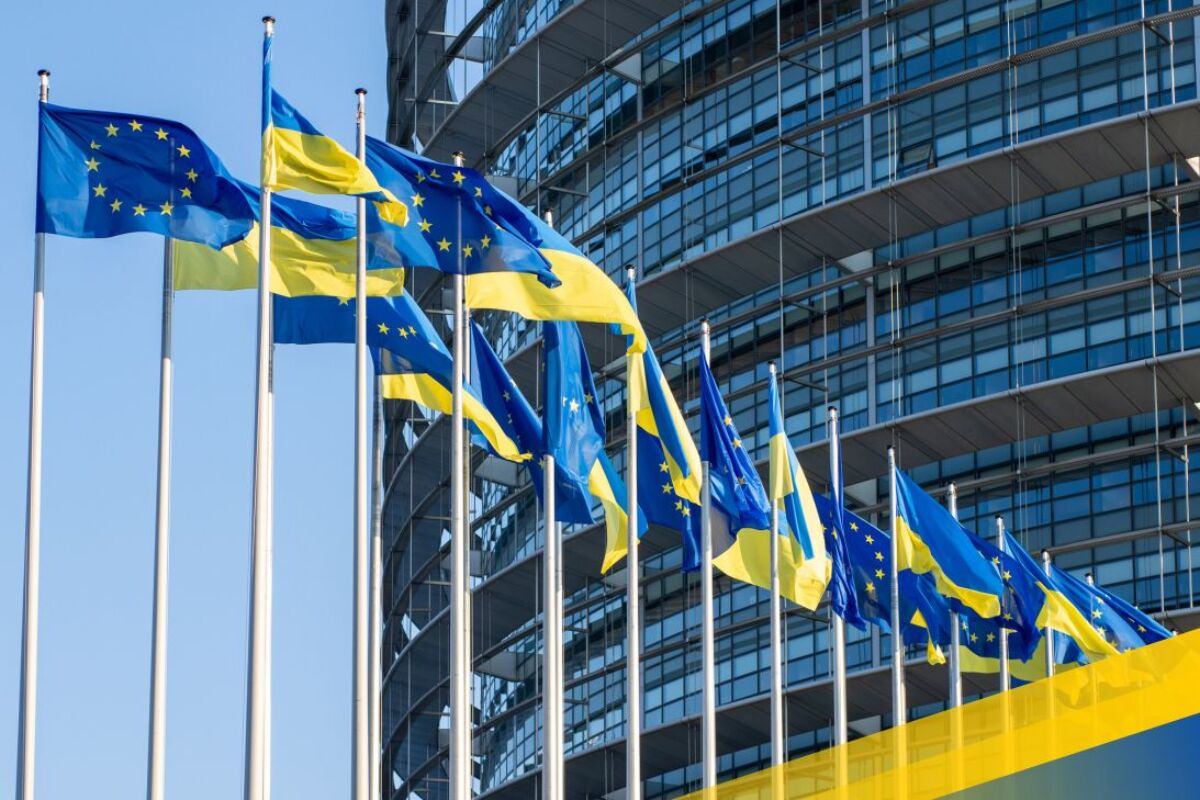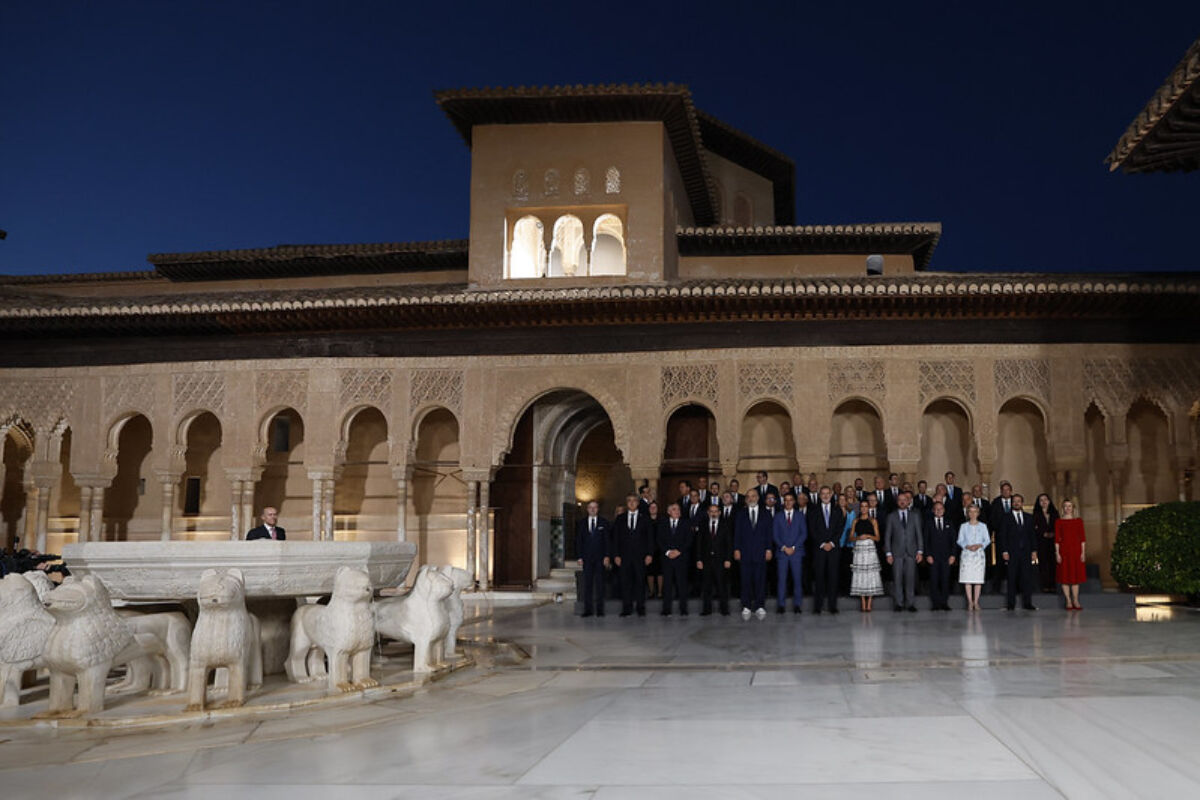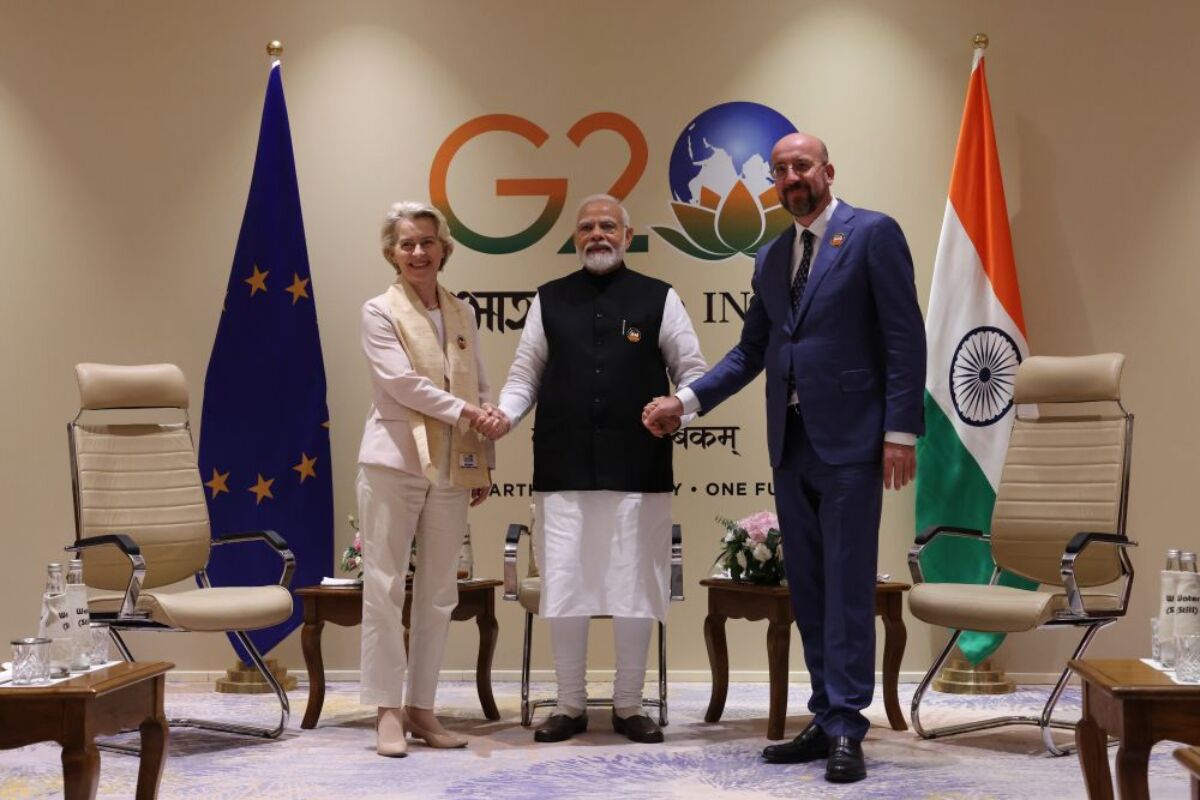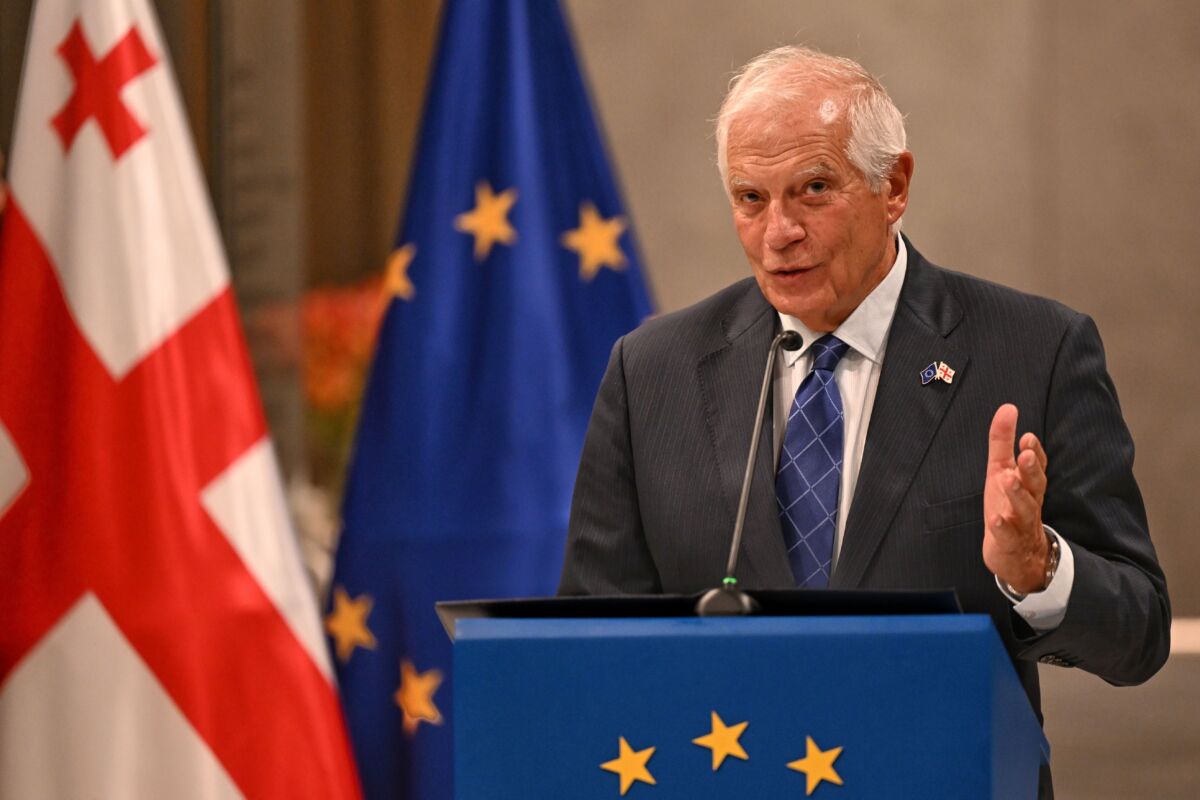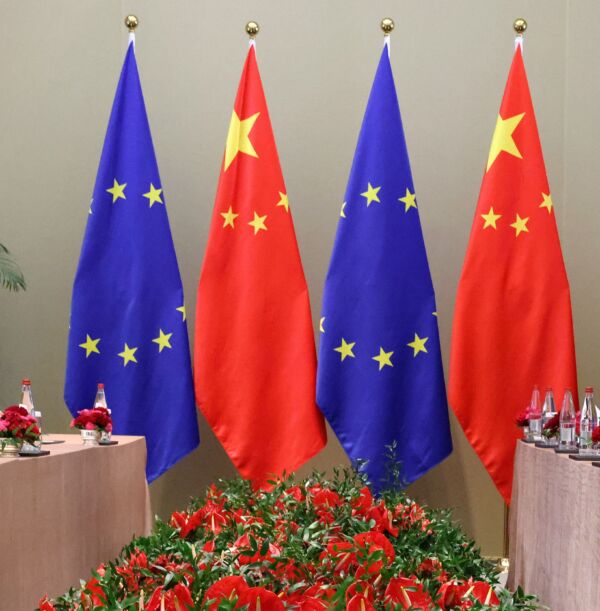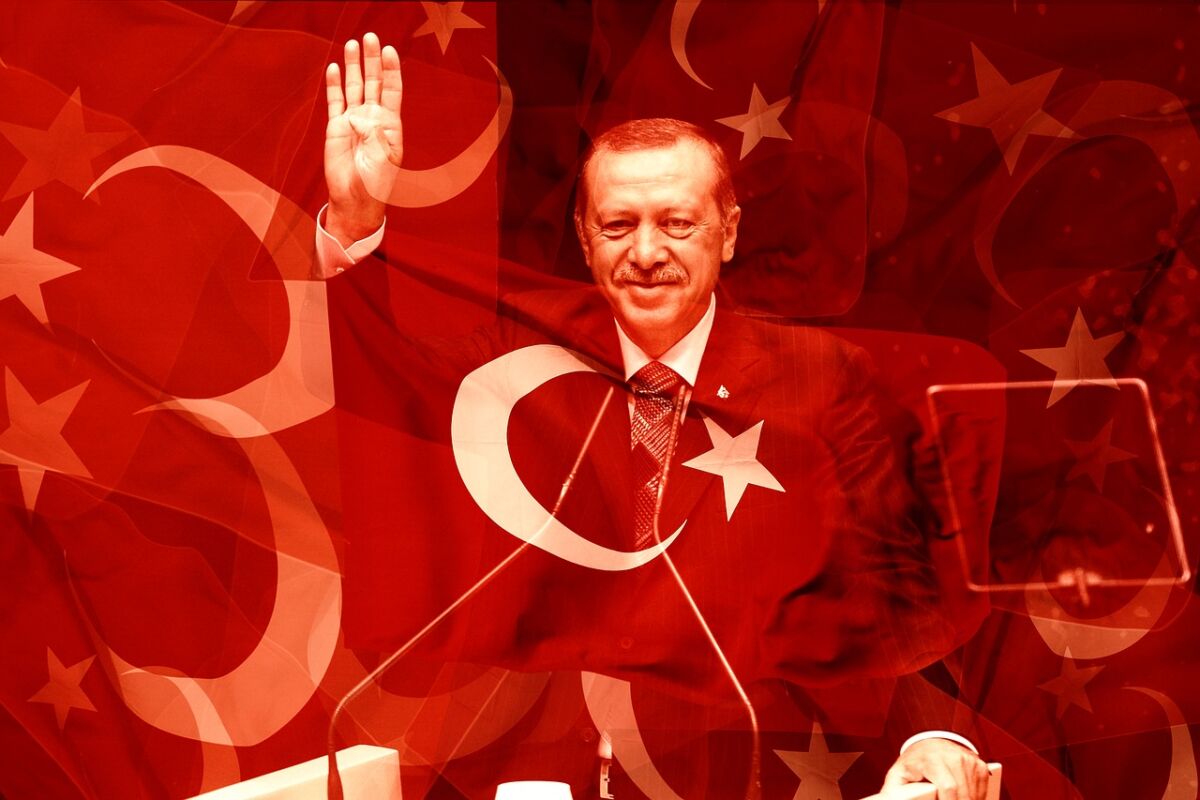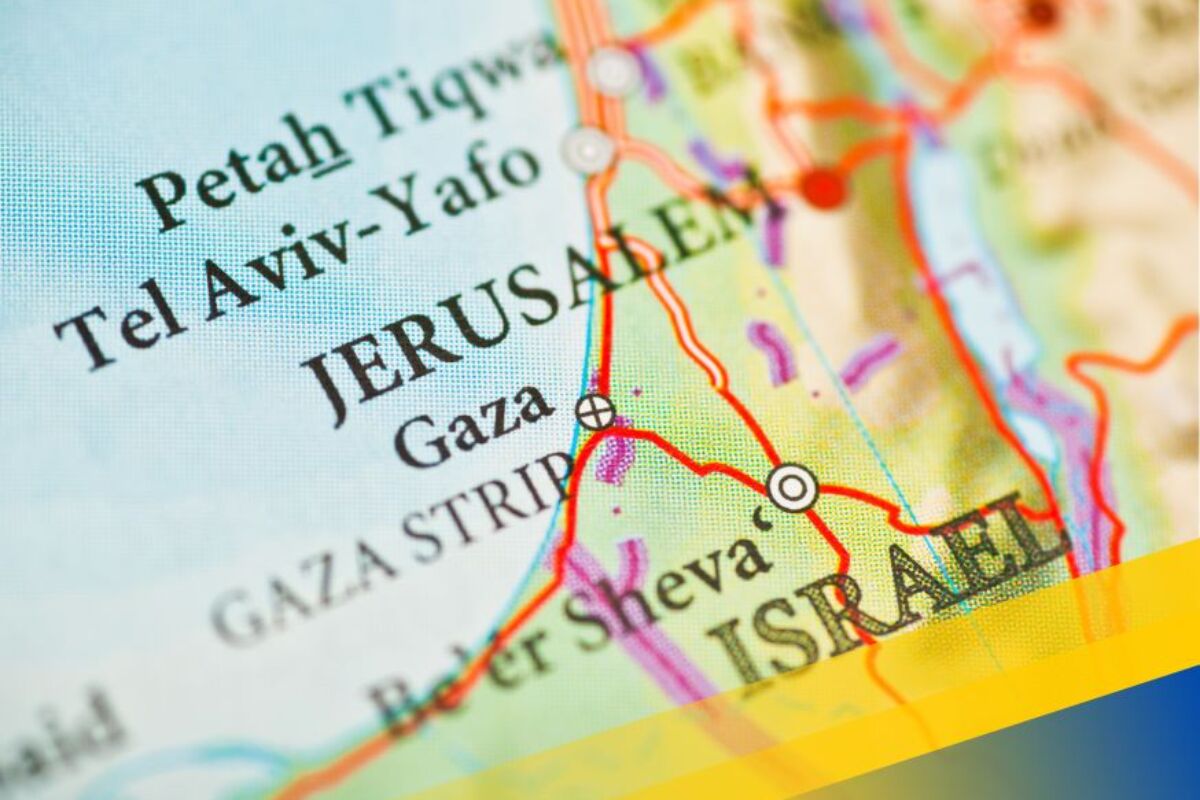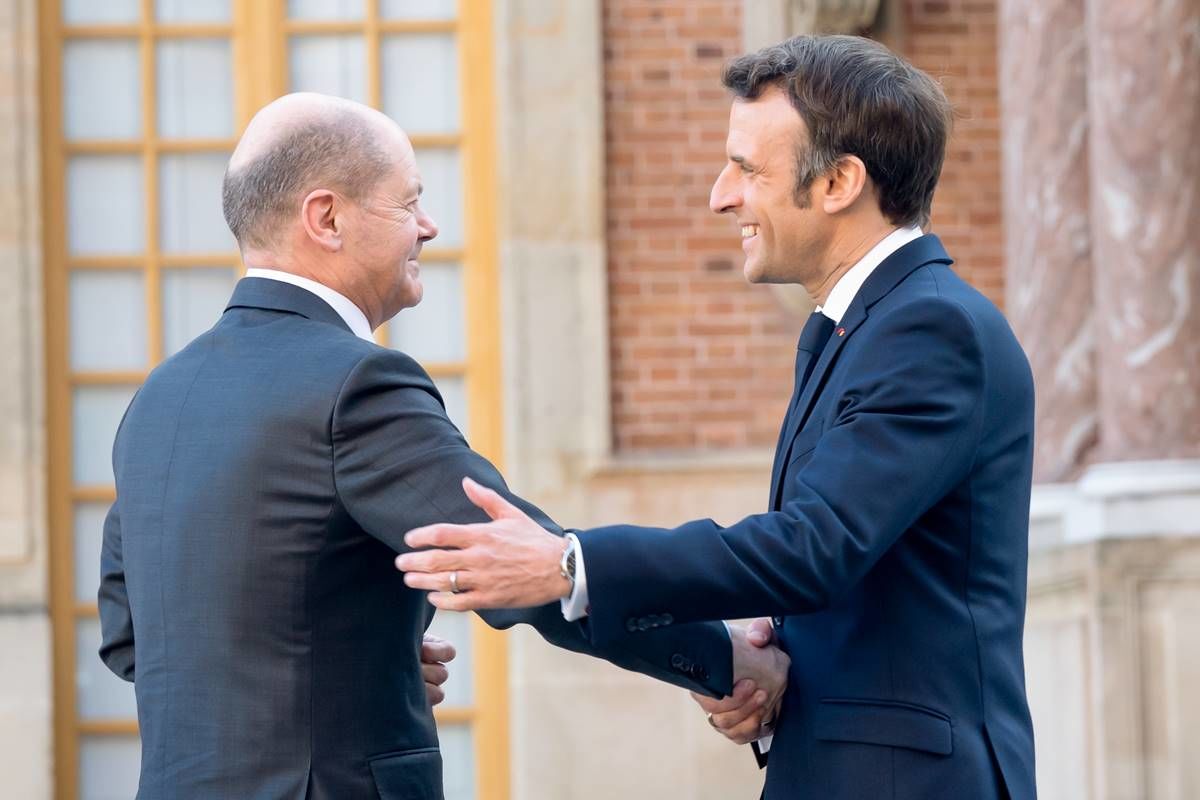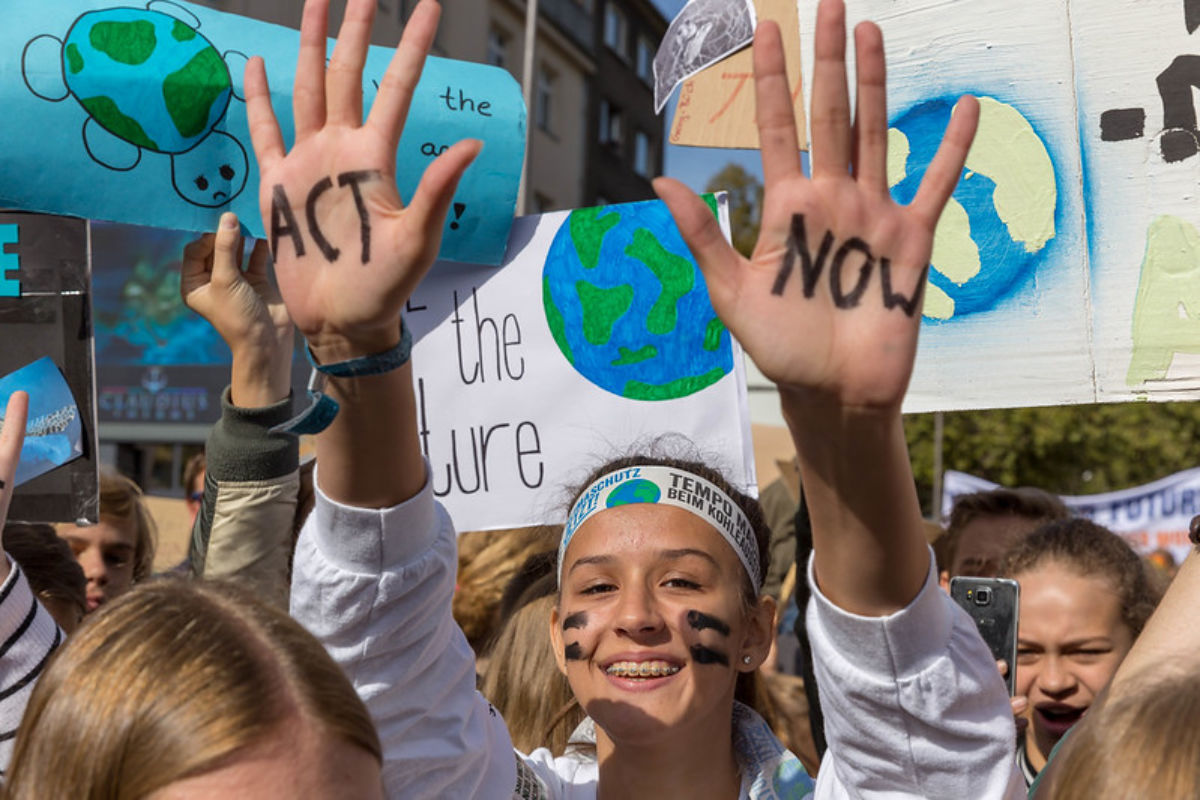In 2004, India and the European Union signed a strategic partnership, based on the shared values and principles of democracy, the rule of law, human rights and the promotion of peace and stability. Today, though, free trade negotiations are stalled and the two sides have yet to find common ground to move forward on key issues ranging from digital regulation to climate change. 2019 saw the renewal of leadership on both sides, but will we witness a renewed impetus when they meet to review the strategic partnership at the beginning of November?
The Indian Minister of External Affairs, Dr Jaishankar, visited Brussels on 30 August, just three months after his appointment. He used the occasion to recall the three priorities that India would like to work on when dealing with the EU:
- increased mobility, an issue dear to India whose talented and educated youth is eager to gain experience abroad and earn higher wages. The Indian economy also benefits: in 2017, remittances from the 35 million members of Indian diaspora amounted to $69 billion;
- improved market access for its growing industry, which is also keener than ever to invest outside India;
- access to the services market, especially in the banking sector.
Previously, the EU had communicated its many priorities, adopting the EU Strategy for India in 2018. While setting out a path to move EU relations with India forward, it perhaps falls into the trap of everything being a priority, so nothing is.
The upcoming review will indicate if the 15-year-old strategic partnership is capable of finally reaching maturity and transforming common values into common interests.[1]
Space for opportunities and cooperation is indeed wide. But it is time to move on from listing possibilities and concentrate efforts on attainable achievements, against which the partnership can be evaluated.
A fuller appreciation of expectations and accountability is also essential. Instilling a greater sense of shared responsibility may also help both the EU and India progress faster towards their shared objective of a higher standing on the global stage.
The upcoming EU-India Summit – slated for the beginning of 2020 – will also be the opportunity to endorse the Agenda for Action 2025.[2] Drawing on the EU Strategy for India, this new document would ideally identify joint priority areas, with short- and mid-term objectives.
Free trade, not a free ride
Negotiations for a comprehensive Free Trade Agreement (FTA) between the EU and India were launched in 2007 and suspended in 2013 – even if the mandate to the European Commission to carry out these negotiations was never withdrawn. However, the uncertainty around EU-India trade relations post-Brexit, coupled with the changing role of multilateralism in trade relations, means it is possible that appetite for an FTA will re-emerge. On the EU front, the relevance of the FTA is clearer for all companies eager to enter the Indian market. On the other side, as big Indian companies show increasing interest in entering the European market – as also indicated by Dr. Jaishankar – India should then be ready to hold a serious conversation about it.
However, even if the FTA negotiations may eventually be successful, concluding and endorsing an agreement could be a bumpy road on the EU front. Beyond the ever-present general criticism of FTAs, clauses on human rights are likely to be especially problematic in this case. Human rights are undoubtedly one of the most controversial and mediatised issues around EU-India relations (as the recent trip by MEPs to Kashmir shows).[3] But nevertheless the issue needs to be tackled seriously.
Recent developments in Kashmir, as well as the implementation of the National Registry of Citizens in Assam (the measure has stripped more than 2 million people of their Indian citizenship) shows that the current government is not shy of pursuing controversial measures that may not be in the best interest of minorities.
Any discussion on a comprehensive FTA will include an ‘essential elements’ human rights clause; however, there are no ongoing discussions on human rights at the appropriate institutional level: the official human rights dialogue has not been meeting for a while and FTA negotiations are frozen.
If the EU wants to become serious as a global influencer of human rights enforcement, it should learn how to leverage its economic power and update its tools to achieve these ends. Above all, it should set up a robust institutional dialogue for confronting problems and, why not, develop an enforcement mechanism for stricter observation of human rights.
Teaming up for greater security
Now that the EU has been investing in indigenous capacity building, industrial defence cooperation must be put on the table. India is the biggest arms importer of the world, while its biggest arms supplier is the EU’s geopolitical competitor, Russia.
The EU could decide to allow Indian companies to participate in EDF projects. Granting access to the European defence market should be balanced by an equal access to Indian defence market, whose procurement rules – despite reform efforts – remain difficult to implement.
France is asserting its influence in this domain, but an EU that is able to politically back its companies could be a game changer. Delhi is about to receive its first EU security attaché, with a job description that will need to expand rapidly.
Moreover, the Indo-Pacific is increasingly becoming the hottest region of the world. Stepping up the recently established maritime cooperation in the Indian Ocean could provide the EU with an opportunity to project a truly global role.
Both partners could also play an important role in the global governance of cyberspace by reducing the polarisation between China, Russia and the USA, while increasing bilateral cooperation on cybersecurity would be of mutual advantage in the fight against cybercrime.
Getting a better internet connection
Special focus should be put on digital transformation. Both India and the EU reject Chinese-style censorship or Russian or Arab-style controls over the internet, seeing their shared democratic values as the basis to govern it. They see major potential upsides in embracing the new digital world – staying competitive for Europe and moving ahead for engineer-rich India.
India’s export-oriented outsourcing industry is booming in cities such as Bengaluru and Gurgaon. From barely any connectivity in 2014, India now is the second most connected nation in the world, with 560 million internet users, surpassed only by China. It has become a hub for digital services, from IT software and finance, to consulting.
Yet India appears ready to impose digital regulations that go against its interests and which could complicate relations with the EU. In the summer of 2019, India imposed new protectionist e-commerce investment rules placing restrictions on foreign retailers. The draft of a new data protection proposal, scheduled to be unveiled in December 2019, calls for data localisation, requiring companies to store all critical data within India. A separate proposal increases liability for platforms hosting online content and data.
This complicates key EU-India data negotiations. The EU would like to grant adequacy to Indian privacy rules, in order to ensure the free flow of data between India and the EU. But India cannot insist on data localisation and expect to benefit from such a provision.
India and the EU share similar concerns about making big digital players responsible for their activities. As democracies committed to free markets and free speech, they should be natural allies in finding the proper balance between unfettered and responsible freedom on the internet. Yet Indian actions and legislative plans threaten to undermine this potentially crucial digital alliance.
Taking the high road to low emissions
Also in line with the priorities of the new Commission, and the prominent role given to the Green Deal, and in line with the Connectivity Strategy for Asia adopted by the EU in 2018, one area where the EU and India could foster their partnership is on low-carbon emissions.
Such a partnership would become a distinct alternative to, for example, the Belt and Road initiative, which risks locking in high-carbon infrastructures. It could be built upon a high-level political declaration underpinned by a number of concrete projects, for example, supporting India’s fight to clean up the environment, co-operation to prepare a meaningful ‘Global Stocktake’ under the Paris Agreement or cooperation on improved utilisation of India’s biomass potential. Lessons from the EU experience could help in rationalising energy pricing in India and integrating solar and wind energy into the grid.
Partnering for the world we want
As well as concentrating on attainable achievements, the EU and India should look at the bigger picture and ponder what is really at stake: a global balance based on multilateralism and Rule of Law. The alternative may well be a Chinese model, which is indeed proving attractive, both inside as well outside the EU. The EU should not be shy of recognising this new phase in the clash between different models, and learn how to project its narrative effectively.
The younger Indian generation – comprising not less than 60% of the population – is the key. The EU must show them the attractiveness of its values in a much more compelling manner. Investing in them, empowering them and bringing them closer to EU values will be key for the future of the partnership, and the future we want for the world.
Thanks are due to Lorenzo Pupillo, William Echikson and Christian Egenhofer for their contributions to this article.
[1] See the remarks of the former head of the EU Delegation to India, Ambassador Tomasz Kozlowski, “EU, India to hold summit-level meeting in 2016”, Business Standard, 16 December 2015.
[2] The 2016 Agenda for Action 2020 is available here: http://www.europarl.europa.eu/cmsdata/122862/20160330-agenda-action-eu-india.pdf
[3] https://www.asiatimes.com/2019/10/article/indian-governments-kashmir-move-backfires/




